Home>Home Appliances>Home Automation Appliances>Why Is The Alexa App So Slow
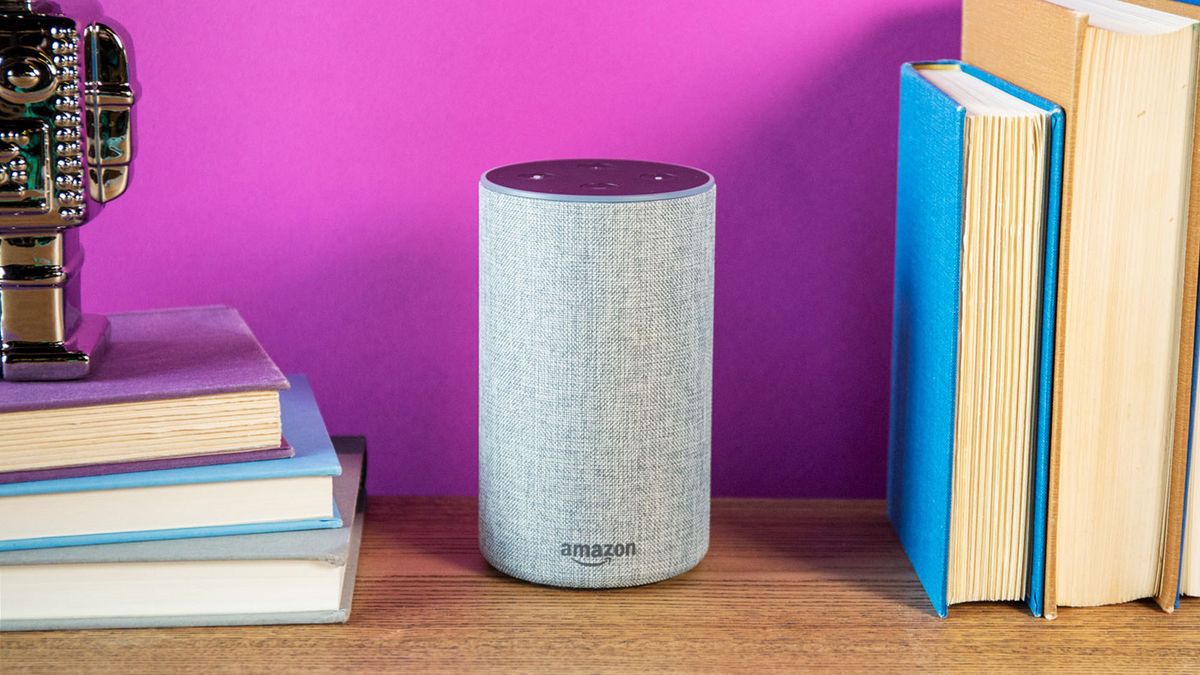

Home Automation Appliances
Why Is The Alexa App So Slow
Modified: January 4, 2024
Discover why the Alexa app is slow and how it impacts your home automation appliances. Learn how to optimize your devices for better performance.
(Many of the links in this article redirect to a specific reviewed product. Your purchase of these products through affiliate links helps to generate commission for Storables.com, at no extra cost. Learn more)
Introduction
The Alexa app has revolutionized the way we interact with our smart home devices. It serves as a central hub for managing various tasks, from controlling smart appliances to setting up routines and accessing a wide array of skills. However, some users have encountered frustration due to the app's sluggish performance. In this article, we will delve into the reasons behind the slow performance of the Alexa app and explore effective solutions to enhance its speed. Additionally, we will examine the impact of a slow Alexa app on user experience and overall home automation efficiency. By understanding the underlying causes and implementing the recommended solutions, users can optimize their interaction with the Alexa app and enjoy seamless smart home management. Let's embark on a journey to uncover the intricacies of the Alexa app and unlock its full potential.
Key Takeaways:
- Is your Alexa app running slow? It could be due to network congestion, software updates, or device compatibility issues. Optimizing your network and managing devices can help speed it up for a smoother smart home experience.
- A slow Alexa app can lead to user frustration and reduced automation efficiency. By optimizing your network, updating devices, and managing resources, you can enhance responsiveness and enjoy a more efficient smart home experience.
Read more: Why Is Alexa Slow To Respond
Understanding the Alexa App
The Alexa app, designed to complement Amazon’s line of Echo devices, serves as a versatile platform for managing smart home devices, accessing information, and integrating with a myriad of third-party services. Its user-friendly interface allows individuals to configure and control connected devices, such as smart lights, thermostats, and security cameras, with ease. Moreover, the app facilitates seamless communication with Alexa-enabled devices, enabling users to issue voice commands, create routines, and explore a wide range of skills and capabilities.
One of the key features of the Alexa app is its ability to serve as a central control hub for smart home automation. Users can effortlessly set up and manage routines, which enable automated actions based on predefined triggers or schedules. For instance, a user may create a morning routine that gradually adjusts the lighting, provides a weather update, and starts the coffee maker upon waking up. This level of customization and automation enhances the overall convenience and efficiency of managing smart home devices.
Furthermore, the Alexa app acts as a gateway to a vast ecosystem of skills, allowing users to expand the capabilities of their Alexa-enabled devices. These skills encompass a wide spectrum of functionalities, ranging from entertainment and productivity to home automation and wellness. With the app’s intuitive interface, users can explore, enable, and utilize these skills to tailor their smart home experience to their preferences and lifestyle.
Understanding the Alexa app’s multifaceted role in orchestrating smart home control and access to a diverse range of services underscores its significance in the realm of home automation. As we delve deeper into the reasons behind its slow performance, it’s essential to recognize the pivotal role it plays in streamlining and enhancing the smart home experience.
Reasons for Slow Performance
The sluggish performance of the Alexa app can be attributed to various factors that impact its responsiveness and overall user experience. Understanding these reasons is crucial in diagnosing and addressing the underlying issues to restore optimal functionality. Here are several common reasons for the slow performance of the Alexa app:
- Network Congestion: In a connected home environment with numerous smart devices vying for bandwidth, network congestion can impede the app’s responsiveness. The increased traffic on the local Wi-Fi network may lead to delays in transmitting commands and receiving real-time updates, resulting in a sluggish user experience.
- Software Updates: The Alexa app, like any software application, undergoes periodic updates to introduce new features, enhancements, and security patches. However, the process of updating the app in the background can inadvertently impact its performance, especially if the updates are extensive or require significant system resources.
- Device Compatibility: Compatibility issues between the Alexa app and certain smart home devices can contribute to performance bottlenecks. When the app interfaces with devices from different manufacturers or utilizes diverse communication protocols, compatibility challenges may arise, leading to delays and inefficiencies in device management.
- Data Synchronization: The app’s synchronization with the user’s account and connected smart devices involves the exchange of data and status updates. Delays in data synchronization, whether due to server-side issues or connectivity constraints, can manifest as sluggish performance when accessing and controlling smart home devices.
- Resource Utilization: The Alexa app’s resource utilization on the user’s smartphone or tablet can impact its responsiveness. Factors such as background processes, memory consumption, and device storage limitations may influence the app’s ability to deliver a smooth and seamless user interface.
These underlying reasons for the slow performance of the Alexa app underscore the complexities involved in optimizing its functionality within the dynamic ecosystem of smart home automation. By identifying and addressing these factors, users can take proactive measures to mitigate performance issues and elevate their interaction with the Alexa app to a more responsive and efficient level.
Try clearing the cache and data of the Alexa app to improve its speed. This can help remove any temporary files or glitches that may be slowing it down.
Impact of Slow Alexa App
The ramifications of a slow-performing Alexa app extend beyond mere inconvenience, significantly impacting the user experience and the seamless integration of smart home devices. Understanding the implications of a sluggish app is crucial in recognizing the broader effects it can have on home automation and user satisfaction. Here are several key impacts of a slow Alexa app:
- User Frustration: A slow and unresponsive app can lead to user frustration, particularly when attempting to execute time-sensitive commands or access critical information. The delay in device control and skill execution may diminish the overall appeal and convenience of using smart home technology.
- Diminished Automation Efficiency: For users who rely on the Alexa app to orchestrate automated routines and device interactions, a slow app can disrupt the seamless execution of scheduled tasks. This can impede the efficiency and reliability of home automation, undermining the very purpose of streamlining everyday tasks and enhancing convenience.
- Reduced Accessibility: The sluggish performance of the Alexa app may deter users from actively engaging with their smart home devices and exploring new skills and functionalities. This can limit the accessibility and utilization of the app’s full potential, leading to underutilization of smart home technology.
- Compromised User Engagement: A slow app may hinder user engagement with the broader ecosystem of Alexa-enabled devices and skills. The diminished responsiveness can detract from the immersive and interactive experience that smart home technology aims to deliver, potentially diminishing user satisfaction and engagement.
- Perception of Unreliability: Persistent sluggishness in the Alexa app may lead users to perceive it as unreliable or inconsistent in its performance. This perception can erode trust in the app’s ability to effectively manage smart home devices and deliver a seamless user experience, potentially leading to disengagement and dissatisfaction.
These impacts underscore the far-reaching consequences of a slow-performing Alexa app, emphasizing the critical need to address performance issues and optimize the app’s responsiveness. By mitigating these impacts, users can cultivate a more positive and rewarding smart home experience, characterized by smooth interactions, enhanced automation efficiency, and heightened user satisfaction.
Solutions to Speed Up the Alexa App
Addressing the slow performance of the Alexa app requires a strategic approach encompassing various measures aimed at optimizing its functionality and enhancing user satisfaction. By implementing the following solutions, users can effectively expedite the app’s responsiveness and elevate their smart home management experience:
- Network Optimization: Mitigating network congestion and optimizing Wi-Fi performance can significantly enhance the responsiveness of the Alexa app. Users can achieve this by strategically placing Wi-Fi extenders, upgrading to a higher-capacity router, or prioritizing smart home devices on the network to minimize interference and latency.
- Regular Updates: Ensuring that the Alexa app and associated smart home devices are running the latest firmware and software versions is essential. Regular updates can introduce performance improvements, bug fixes, and compatibility enhancements, contributing to a smoother user experience.
- Device Management: Streamlining the management of connected smart home devices within the Alexa app can reduce data synchronization overhead and enhance overall performance. Removing redundant or unused devices, organizing device groups, and optimizing device configurations can contribute to improved app responsiveness.
- Resource Management: Users can optimize the performance of the Alexa app on their mobile devices by minimizing background processes, clearing cache and temporary files, and ensuring adequate storage space. This proactive approach to resource management can alleviate performance bottlenecks and enhance the app’s responsiveness.
- Account Maintenance: Regularly reviewing and managing the linked accounts, permissions, and integrations within the Alexa app can streamline data synchronization and optimize performance. Removing obsolete or redundant integrations and ensuring proper account settings can contribute to a more efficient app experience.
By implementing these solutions, users can proactively address the underlying factors contributing to the slow performance of the Alexa app, ultimately enhancing its responsiveness and optimizing the management of smart home devices and routines. These measures empower users to cultivate a more efficient and enjoyable smart home experience, characterized by seamless interactions and enhanced automation capabilities.
Read more: Why Is My HP Printer So Slow
Conclusion
The Alexa app serves as a cornerstone of smart home management, offering a myriad of capabilities that streamline device control, facilitate automation, and provide access to a diverse array of skills. However, the issue of slow app performance can impede the seamless integration of smart home devices and diminish the overall user experience. By delving into the reasons behind its sluggishness and exploring effective solutions, users can optimize their interaction with the Alexa app and unlock its full potential.
Understanding the multifaceted role of the Alexa app in orchestrating smart home control and access to a diverse range of services underscores its significance in the realm of home automation. The impact of a slow-performing app extends beyond mere inconvenience, influencing user engagement, automation efficiency, and overall accessibility. Recognizing these implications is pivotal in addressing performance issues and enhancing the app’s responsiveness.
Through strategic network optimization, regular updates, streamlined device management, proactive resource utilization, and meticulous account maintenance, users can expedite the Alexa app’s responsiveness and elevate their smart home management experience. These proactive measures empower users to cultivate a more efficient and enjoyable smart home experience, characterized by seamless interactions and enhanced automation capabilities.
In conclusion, by identifying and addressing the underlying factors contributing to the slow performance of the Alexa app, users can reclaim the full potential of their smart home ecosystem. This proactive approach not only enhances the app’s responsiveness but also fosters a more rewarding and engaging smart home experience, aligning with the overarching goal of leveraging technology to simplify and enrich everyday living.
Frequently Asked Questions about Why Is The Alexa App So Slow
Was this page helpful?
At Storables.com, we guarantee accurate and reliable information. Our content, validated by Expert Board Contributors, is crafted following stringent Editorial Policies. We're committed to providing you with well-researched, expert-backed insights for all your informational needs.
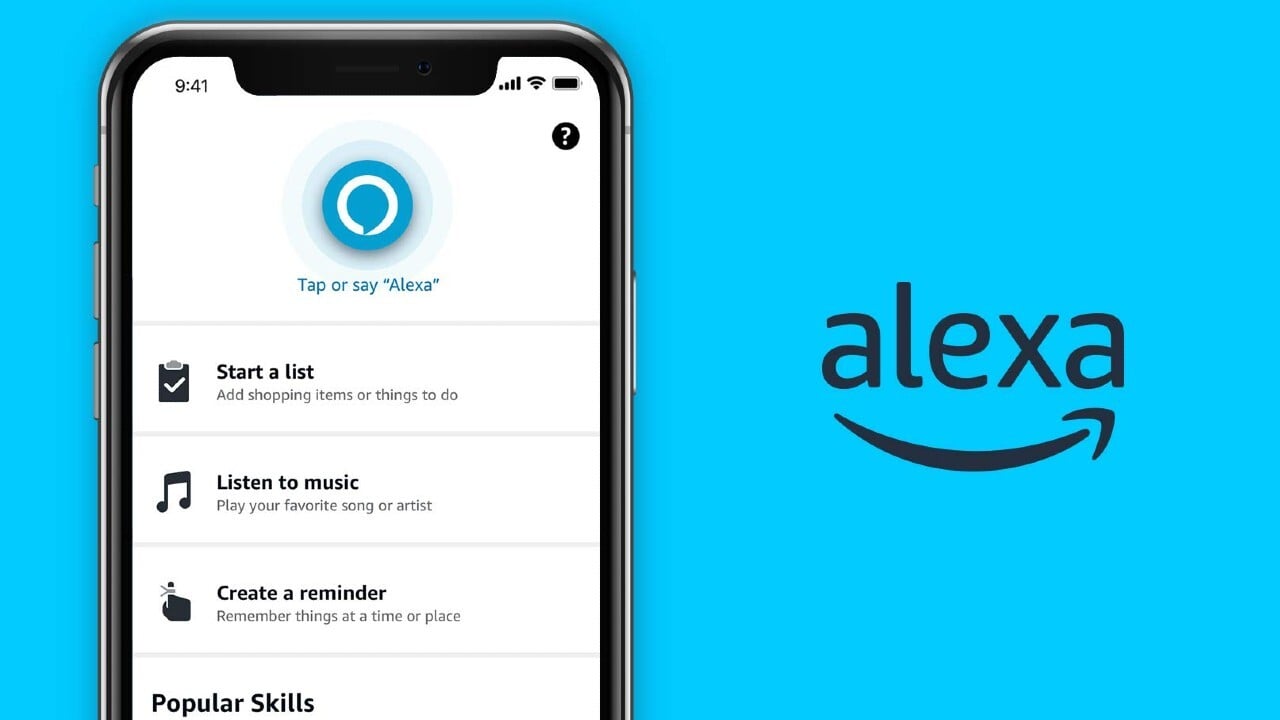
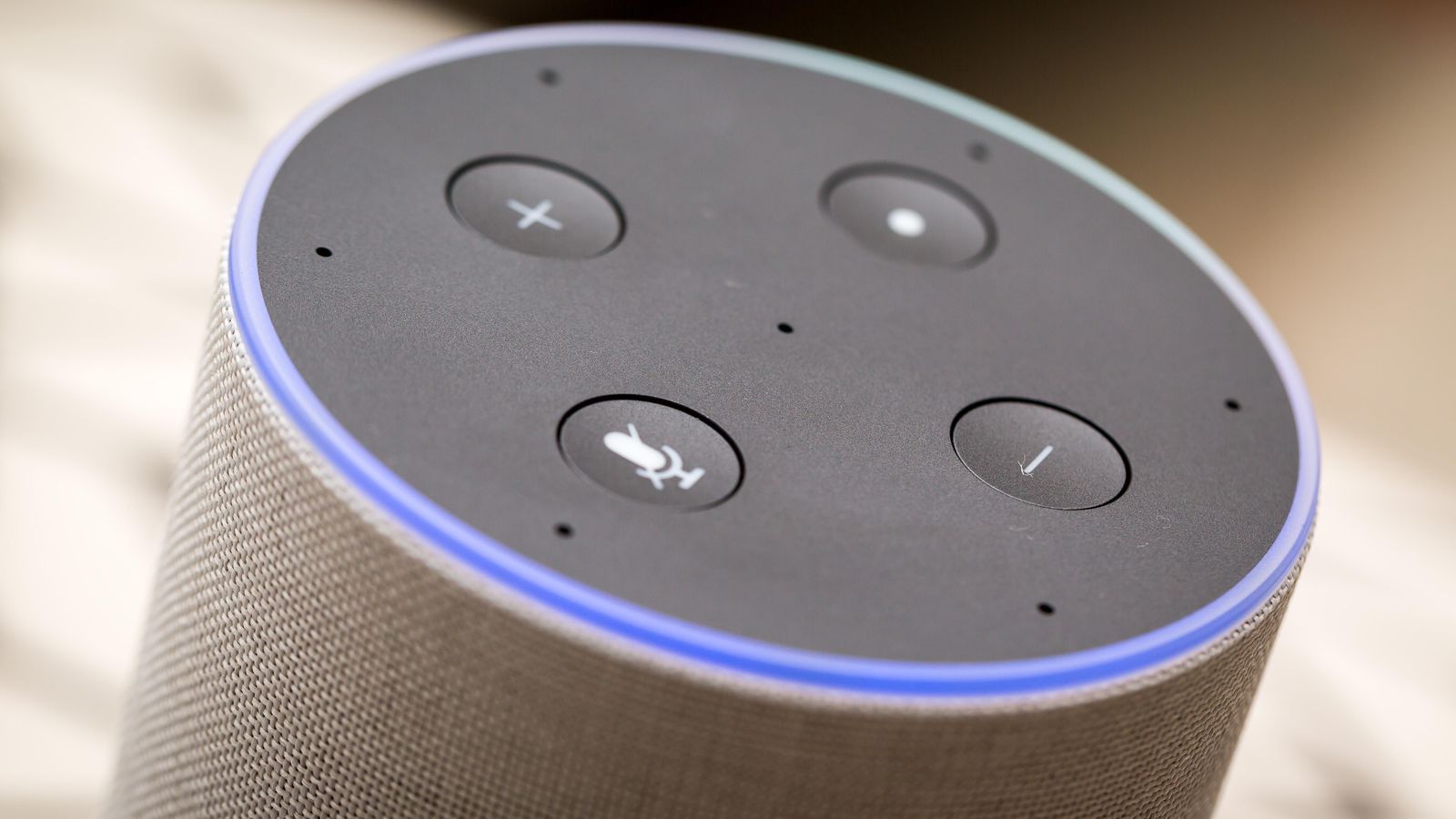






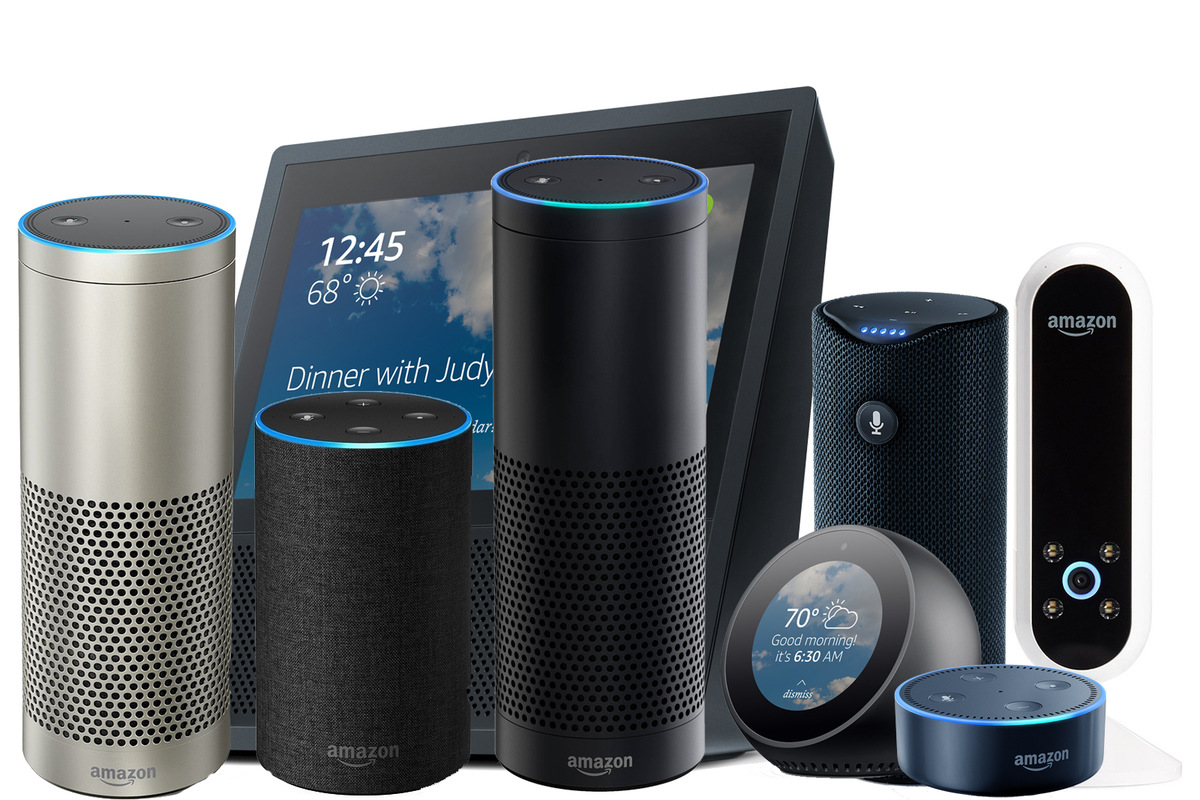
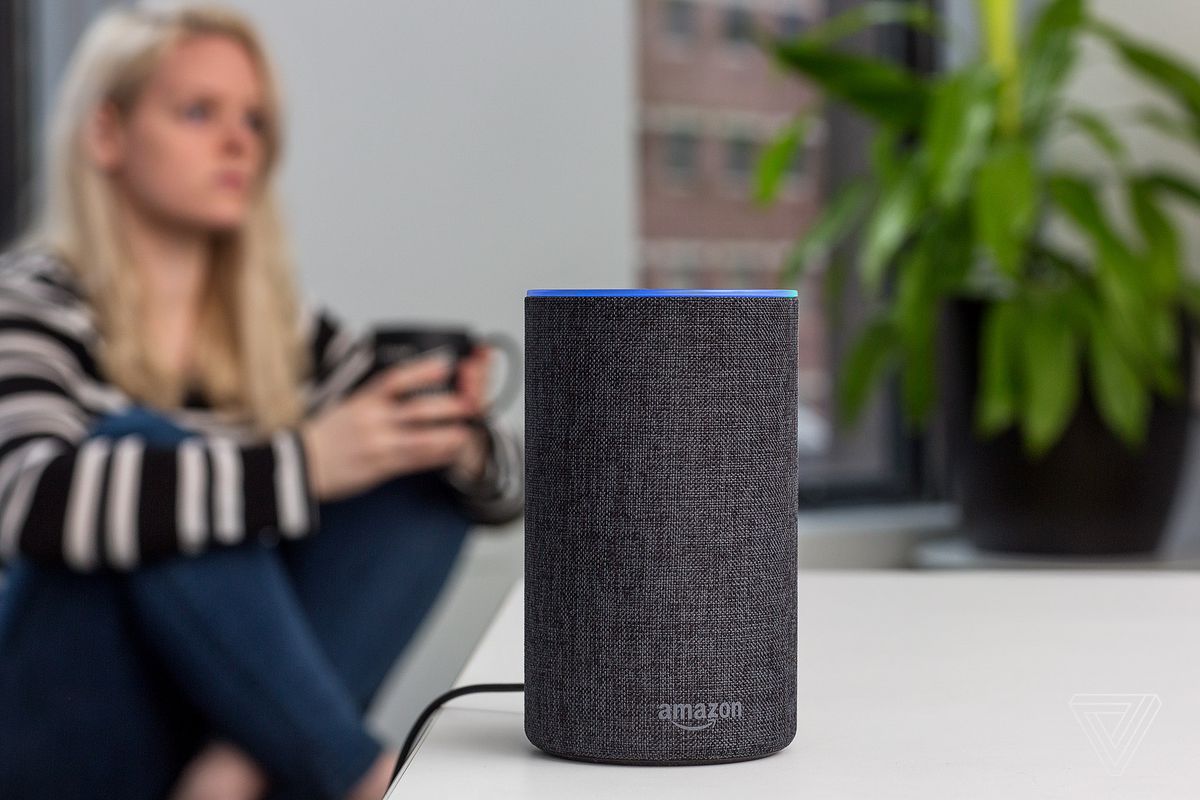


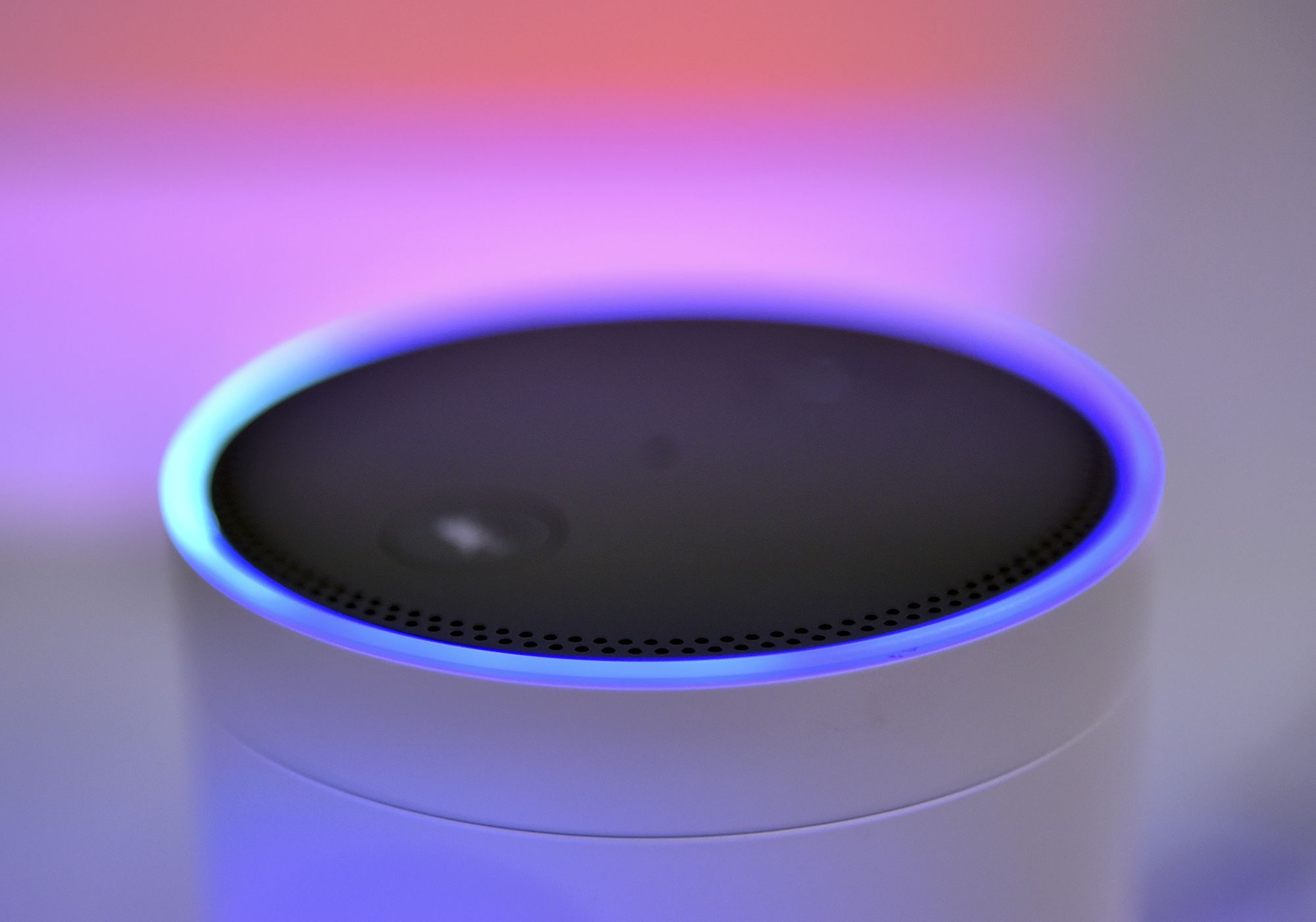
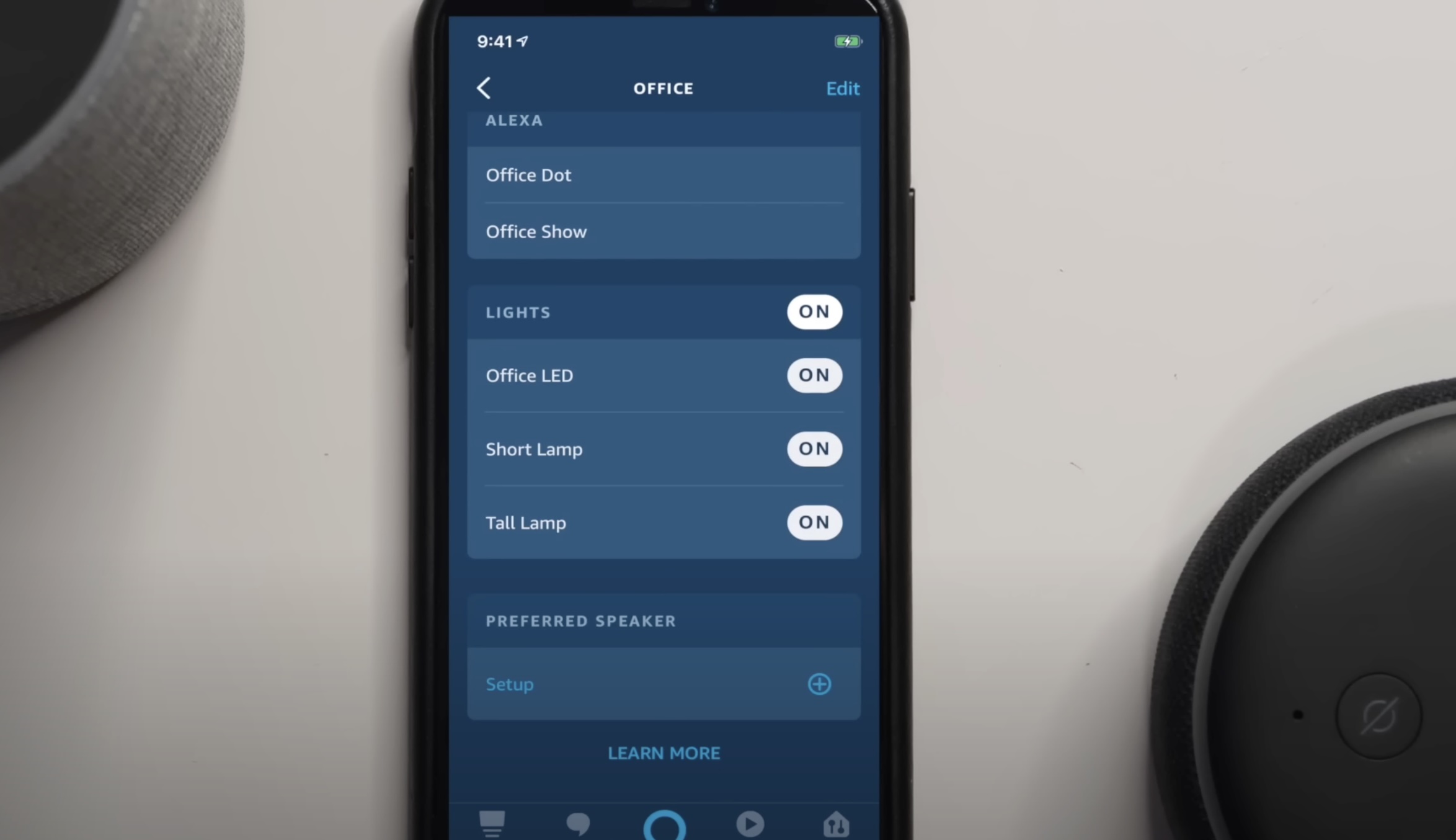

0 thoughts on “Why Is The Alexa App So Slow”